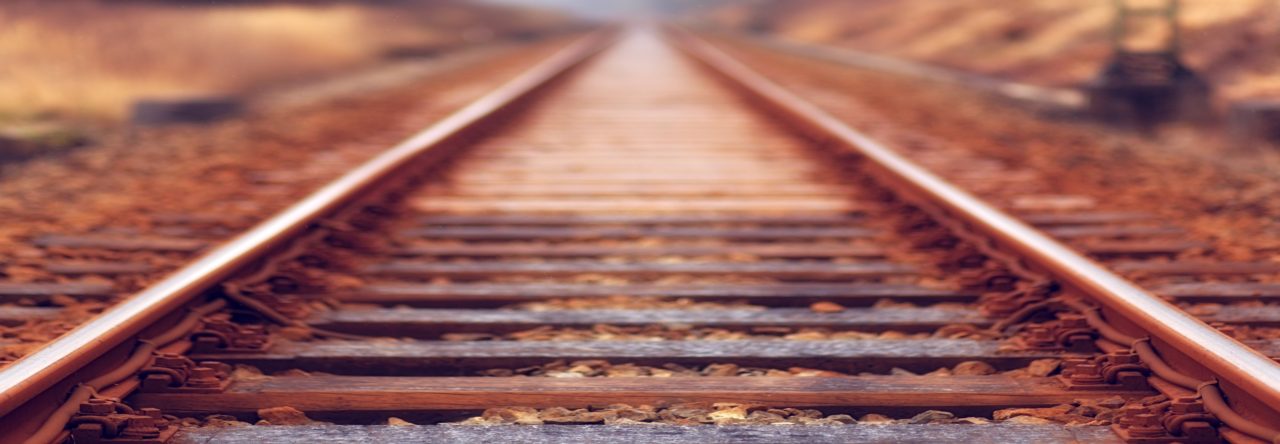As we’ve passed the one-month mark of working from home, cities have begun to wrestle with the need for social distancing while permitting active transportation and recreation. Cities across the US have taken advantage of decreased vehicular traffic to open some streets. Oakland, California’s Slow Streets program has taken the most ambitious action so far by “soft closing” 74 miles of city roads. Meanwhile in DC, Mayor Bowser told us to keep six feet apart after reluctantly opening small stretches of roads. But just how possible is it to keep six feet apart on DC sidewalks? I did some investigating with data available for Ward 6, where I live.
Originally, I wanted to analyze the sidewalks data available from Open Data DC. The data includes shapes for all sidewalks in DC as well as their lengths and areas. In a perfect world, there would be an easy way to calculate a width for each sidewalk polygon and filter the results to show which sidewalks where narrower than six feet. In a perfect world. Instead, we see that real-world sidewalks are irregular, widening and narrowing throughout their length:

Instead of being able to pull data that would show me which sidewalks would facilitate the six feet of social distancing that Mayor Bowser wants us to follow, I fell back on measuring selected sidewalks.
If I wanted to go to the grocery store on 4th St. southeast, here’s part of my route:

The sidewalks on P Street SW are about 5 ½ feet wide. They are about 6-7 feet wide on 4th Street SW. While I could walk safely on these sidewalks, the moment someone approaches we are both put at risk. I don’t think I’ve ever walked on that sidewalk, before or during Corona, where I haven’t ran into someone else.
Because I believe in supporting local businesses, maybe I want to get contactless pickup at one of the restaurants in Navy Yard. This might be part of a walk to get some great food at RASA:

Van Street is missing sidewalks due to construction, so there are no wheelchair/mobility accessible options for this street. It is also important to note that the mere presence of a sidewalk doesn’t indicate its quality or compliance with the Americans with Disability Act. Half Street and N Street are torn apart with construction and the sidewalks are narrower than six feet. The sidewalks on M Street SE are the only ones in my current weekly activities that would accommodate bi-directional pedestrian traffic and they are by far the exception rather than the rule.
Aside from permitting necessary travel, the Mayor’s Stay-At-Home order permits “allowable recreational activities, as defined by the Mayor’s Order.” That sounds good until we look at the local availability of open and green space in Ward 6. Although Wards are lines on a map and don’t represent concrete borders, they are an easy unit of measurement. Ward 6 is the only ward that doesn’t include a major green space or park within its confines. The closest it comes to having a large green space is a section of Anacostia Park (Section E), but it is to the extreme southeast of the Ward and poorly connected. All other wards have large swaths of national park lands and DC green spaces within their boundaries, which will be the topic of a separate post. For those of us in Ward 6, it is difficult to find a place to safely recreate given the lack of green and open spaces. To conduct our daily and weekly necessary business, we still need to be able to move through the city safely even when a stay-at-home order is in effect and walking on narrow DC sidewalks is not a long-term solution.
There is an obvious answer. Road closures and partial road closures seem like the lowest hanging fruit especially given decreased travel volumes and limited public transit service. The Bowser Administration, however, steadfastly insists that any streets given back to the public will result in an Open Streets type celebration. It is unfortunate that the Administration is so mistrustful of residents after it took nearly a month to establish the stay-at-home order in the first and is so reluctant to facilitate the safety of those that still need to travel. We are all trying to make sense of our new realities, and some mayors are taking the initiative to engage with residents and imagine a higher and better use of public right of way than vehicular access and free or under-priced private automobile storage. Every day without large-scale road changes is a missed opportunity to the detriment of DC residents.

Leave a Reply